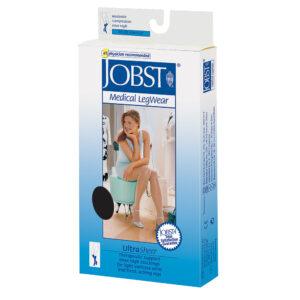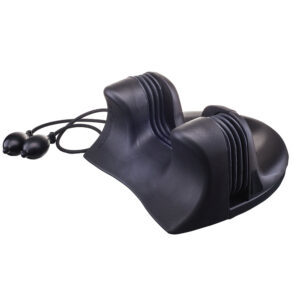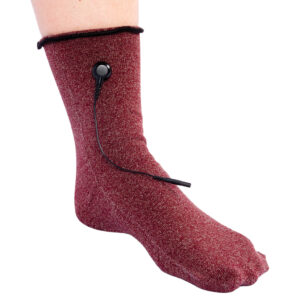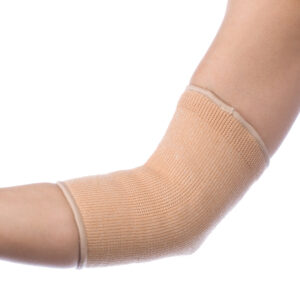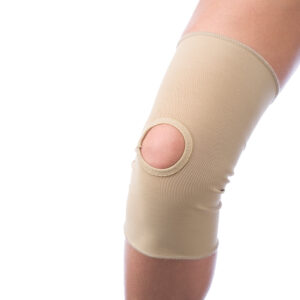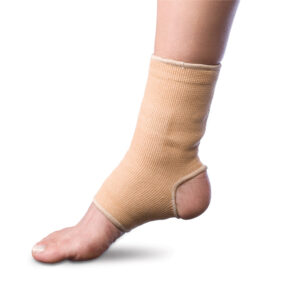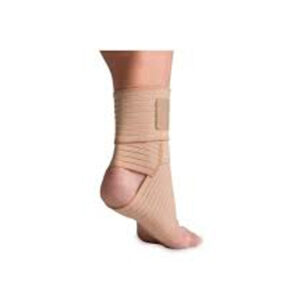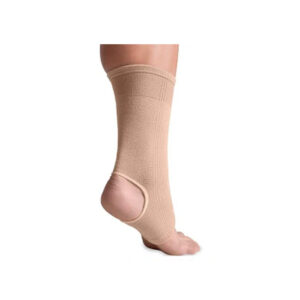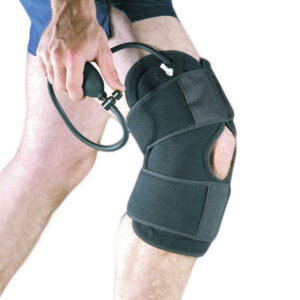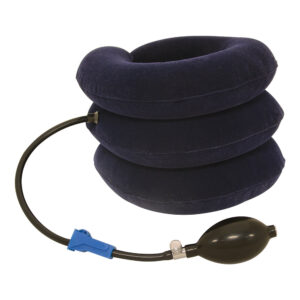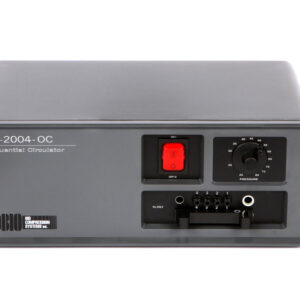Compression Products
Frequently Asked Questions
Are there specific conditions or patient populations for whom compression products are particularly beneficial in a physical therapy setting?
Compression products are particularly beneficial for patients with conditions such as venous insufficiency, lymphedema, or post-surgical recovery. In physical therapy, they are frequently recommended for individuals with joint or muscle injuries, as well as those undergoing rehabilitation after orthopedic surgeries. These products prove effective in managing symptoms and accelerating healing in a wide range of patient populations, making them a versatile tool in a physical therapist’s toolkit.
How can physical therapists determine the appropriate compression level for their patients?
Choosing the right compression level is crucial for optimal therapeutic outcomes. Physical therapists assess individual patient needs based on the severity of the condition, the type of injury, and the patient’s tolerance. Typically, compression levels are measured in millimeters of mercury (mmHg), and therapists tailor their recommendations to ensure the compression is sufficient to provide support without impeding blood flow.
What factors should physical therapists consider when selecting compression products for their patients?
Physical therapists should consider several factors when selecting compression products, including the patient’s medical history, the nature of the injury, and individual preferences. The design and material of the compression garment are also important considerations, as they can impact comfort and compliance. Therapists may opt for graduated compression garments, which provide varying levels of pressure from the highest at the ankle to lower at the top, promoting optimal blood flow.
How can physical therapists educate their patients on the proper use and maintenance of compression products?
Patient education is essential for the successful integration of compression products into a treatment plan. Physical therapists should provide clear instructions on how to correctly wear and remove compression garments, emphasizing proper fit. They also educate patients on the importance of consistent use, as well as proper care and maintenance, such as washing and replacing the garments as needed. This ensures that patients derive maximum benefit from these products throughout their rehabilitation.
Are there any contraindications or precautions physical therapists should be aware of when recommending compression products?
While compression products offer numerous benefits, physical therapists must be mindful of contraindications. Patients with arterial insufficiency, certain dermatological conditions, or infections may not be suitable candidates for compression therapy. Additionally, therapists should assess patients for any signs of discomfort, numbness, or increased pain during use, as these could indicate inappropriate compression levels or potential complications.

